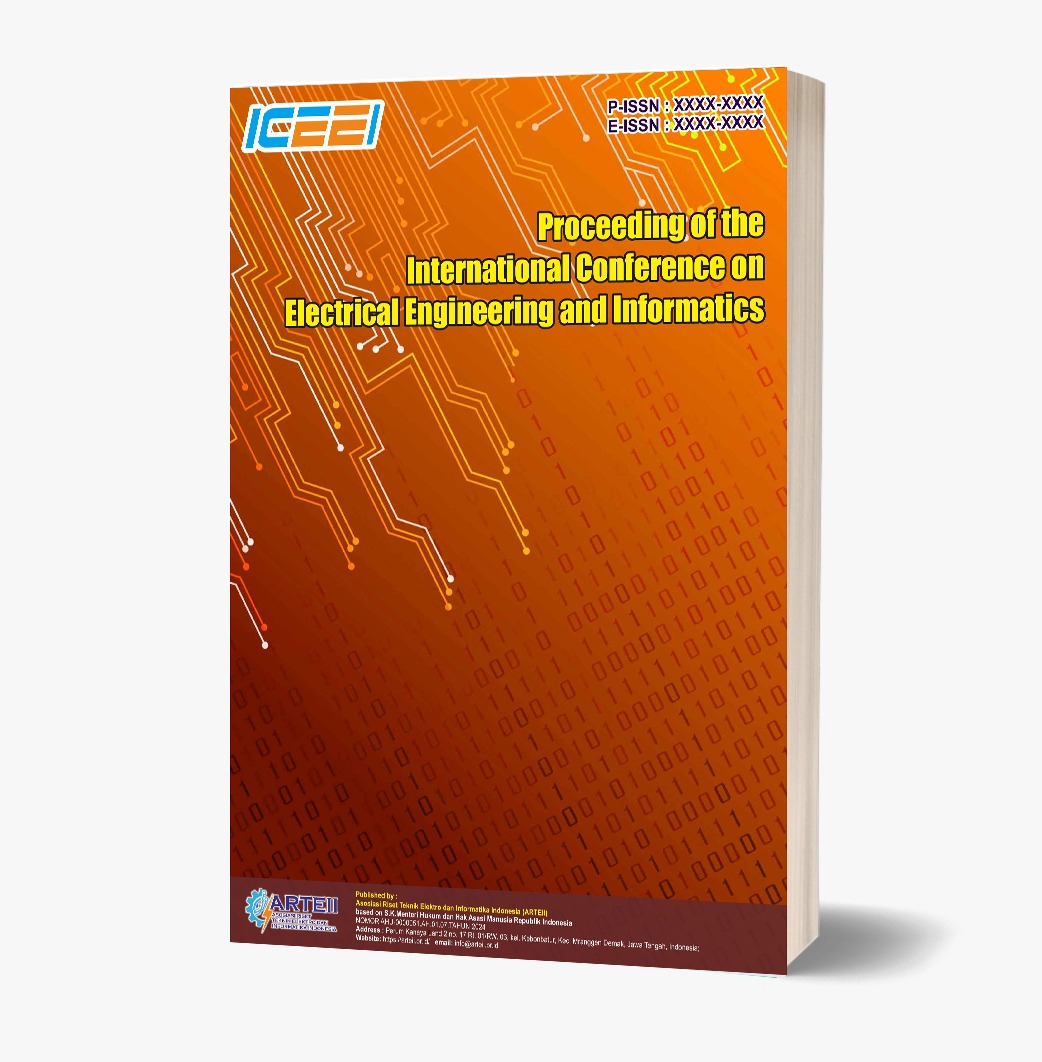Comparison of K-Means Clustering Method with Hierarchical Clustering in Senior High School Clustering (SMA) in Surakarta
Keywords:
Comparison, Klasterisasi, K-Means, Hierarchical ClusteringAbstract
Clustering is one of the methods in data mining used in grouping data based on certain characteristics. This study aims to compare the performance of the K-Means Clustering and Hierarchical Clustering methods in clustering Senior High Schools (SMA) in Surakarta based on the parameters of the number of students, facilities, accreditation scores, and school achievements. In this study, a comparison was made between two popular clustering methods, namely K-Means Clustering and Hierarchical Clustering, to group Senior High Schools (SMA) in Surakarta City based on various relevant attributes. The attributes used include graduation rates, number of students, teaching quality, and available facilities. The results of the study show that both methods have their own advantages and disadvantages. K-Means is more efficient in terms of processing time, while Hierarchical Clustering provides a deeper understanding of the structure of relationships between SMAs. K-Means clustering provides better clustering results in terms of separation between clusters, with a higher Silhouette Score (0.52) and a lower Davies-Bouldin Index (0.88). This shows that K-Means is more efficient and better in clustering SMA based on the given data.
References
Borlea, ID, Precup, RE, Borlea, AB, & Iercan, D. (2021). A Unified Form of Fuzzy C-Means and K-Means algorithms and their Partitional Implementation. Knowledge-Based Systems, 214.https://doi.org/10.1016/j.knosys.2020.106731.
Chen, J., Du, C., Zhang, Y., Han, P., & Wei, W. (2022). A Clustering-Based Coverage Path Planning Method for Autonomous Heterogeneous UAVs. IEEE Transactions on Intelligent Transportation Systems, 23(12), 25546–25556.https://doi.org/10.1109/TITS.2021.3066240.
Dutta, A.K., Elhoseny, M., Dahiya, V., & Shankar, K. (2020). An efficient hierarchical clustering protocol for multihop Internet of vehicles communication. Transactions on Emerging Telecommunications Technologies, 31(5).https://doi.org/10.1002/ett.3690.
Shahapure, K. R., & Nicholas, C. (2020). Cluster quality analysis using silhouette score. Proceedings - 2020 IEEE 7th International Conference on Data Science and Advanced Analytics, DSAA 2020, 747–748.https://doi.org/10.1109/DSAA49011.2020.00096.
Sinaga, KP, & Yang, MS (2020). Unsupervised K-means clustering algorithm. IEEE Access, 8, 80716–80727.https://doi.org/10.1109/ACCESS.2020.2988796.
Zeng, K., Ning, M., Wang, Y., & Guo, Y. (2020). Hierarchical clustering with hard-batch triplet loss for person re-identification. Proceedings of the IEEE Computer Society Conference on Computer Vision and Pattern Recognition, 13654–13662.https://doi.org/10.1109/CVPR42600.2020.01367
Tan, P.-N., Steinbach, M., & Kumar, V. (2019). Introduction to Data Mining (3rd ed.).
Manea, D., & Tomozei, D. (2021). "Comparative Analysis of Clustering Algorithms for Educational Data". Journal of Applied Mathematics and Computational Science, 31(2), 295-312.
Kumar, A., & Ghosh, M. (2020). "A comparative study of K-means, hierarchical, and DBSCAN clustering algorithms in the analysis of urban education data". International Journal of Advanced Computer Science and Applications, 11(6), 314-320.
Zhao, L., & Zhang, J. (2022). "Improving K-means Clustering Algorithm with Advanced Initialization Methods". Computational Intelligence and Neuroscience, 2022, 1-15.
Chen, Z., Liu, C., & Wu, X. (2023). "Hierarchical clustering methods for large-scale educational data analysis: Challenges and solutions". Educational Data Mining, 15(1), 115-132.






